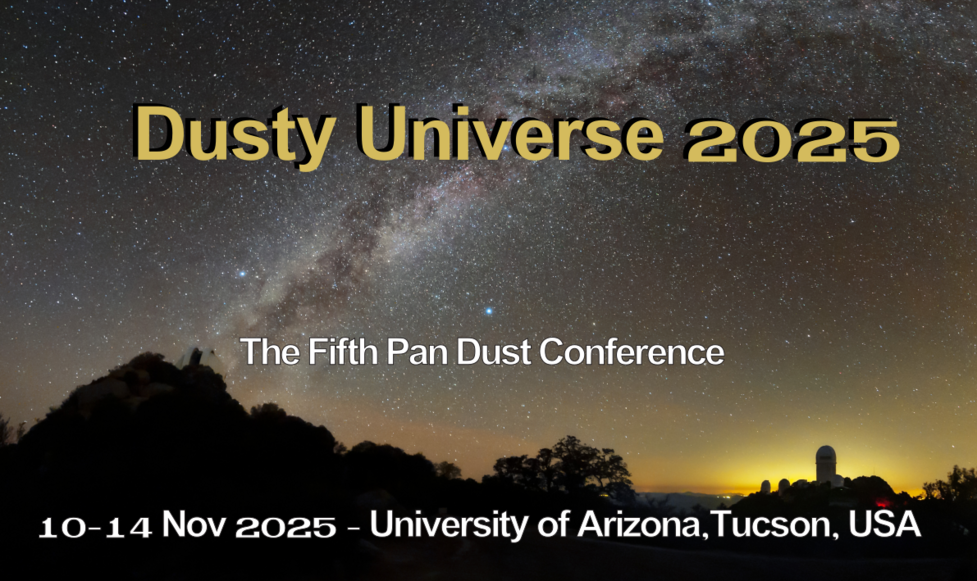Observations of high redshift galaxies, including with the James Webb Space Telescope (JWST), have revealed large dust masses very early in cosmic history, as well as spectroscopic features associated with Polycyclic Aromatic Hydrocarbons (PAHs) and carbonaceous dust grains. In the Local Universe, Asymptotic Giant Branch (AGB) stars are known to produce carbon-rich dust, but it is unclear if they can explain carbonaceous grains in the early universe as such low mass stars are slow to evolve. Core-collapse supernovae, which have previously been invoked to explain the bulk of early universe dust formation, produce dust rapidly after star formation. However, they are expected to form primarily oxygen-rich grains, and it is uncertain how much of the newly formed dust will survive the passage of the reverse shock. In this talk I will present spectroscopic JWST observations of two potential alternative classes of early universe carbon-rich dust formers: electron-capture supernovae and carbon-rich Wolf-Rayet colliding wind binary systems. Observations of nearby examples of such objects, especially those at low metallicity, allow for direct investigation of carbonaceous dust grain formation and offer insights into dust formation in the early universe. Lastly, I will discuss the potential of new and upcoming IR-missions, including SPHEREx and Roman, to discover and characterize nearby IR-bright dust producing transients.

|
|
|
|
Searching for sources of carbonaceous dust grains with JWST spectroscopy
1 : California Institute of Technology
|
 PDF version
PDF version
